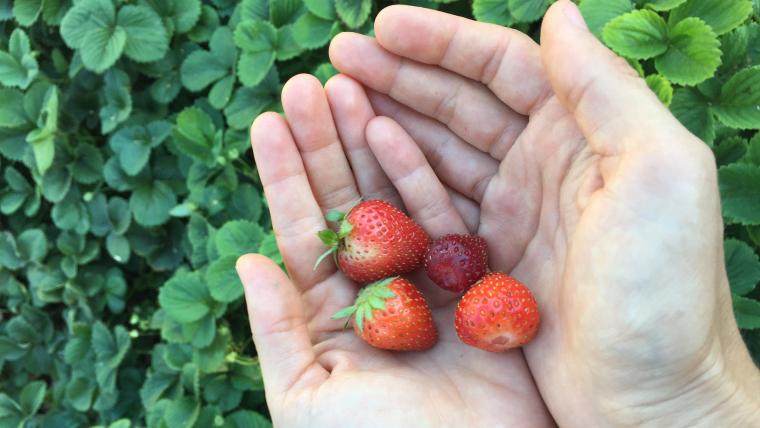
In a nutshell
Growing food in urban environments is gaining popularity in recent decades; 30% of the global urban population is now involved in some kind of food production. Growers need information about how best to manage pests, for example, knowing when to apply a pesticide to have the least likelihood of impacting a beneficial pollinator. Data resulting from citizen science programs like Nature’s Notebook, iNaturalist, and eButterfly can support urban growers’ efforts to increase the presence of pollinators and other beneficial insects and decrease insect pests. Growers can use these platforms to support insect identification, store their data in a standardized format, compare their data to those from other farms, and predict when pests will be most vulnerable to treatment, among other things.
What is special about this study?
The citizen science programs highlighted in this paper provide collaboration opportunities for urban farmers to connect to their communities. These programs allow participating farmers to place data from their farms into a regional context.
What does this mean for YOU?
Supporting urban growers with information about how to manage insects can help urban farms while limiting the use of harmful chemicals. When communities are more directly engaged in food production, they are more resilient to impacts from environmental change. Beyond food production, urban farming can also increase plant biodiversity within cities and provide habitat for pollinators and other animals, creating urban greenspaces that enhance local communities.
Citation: Prudic, K.L., J.K. Wilson, M.C. Toshack, K.L. Gerst, A.R. Rosemartin, T.M. Crimmins, and J.C. Oliver. 2019. Creating the urban farmer’s almanac with citizen science data. Insects. 2019 10, 294. doi.org/10.3390/insects10090294.